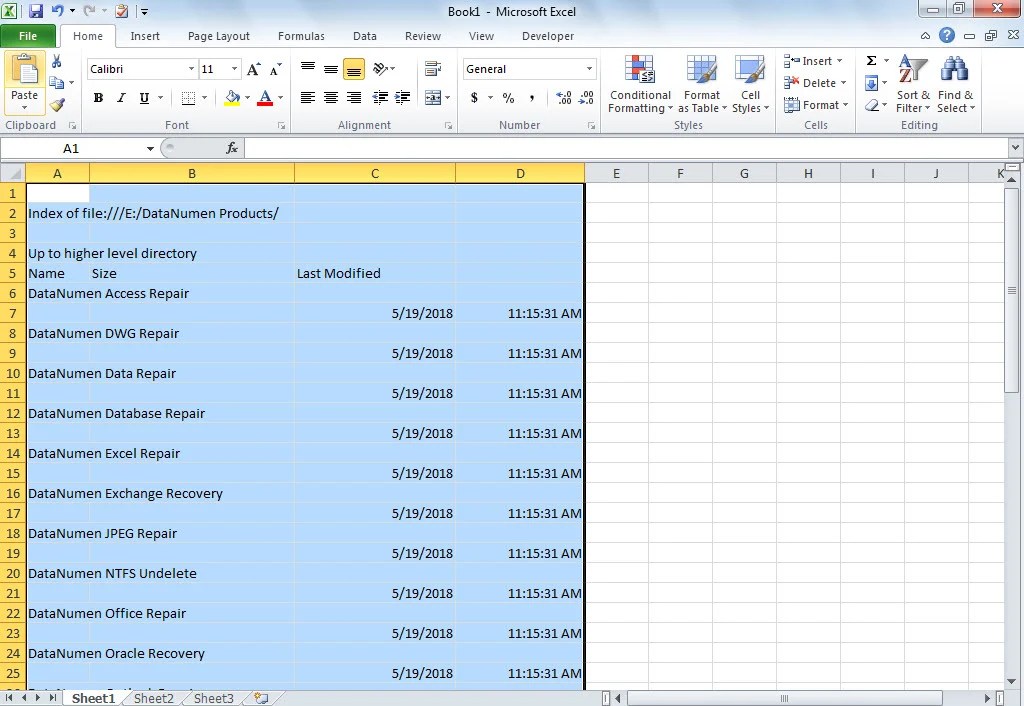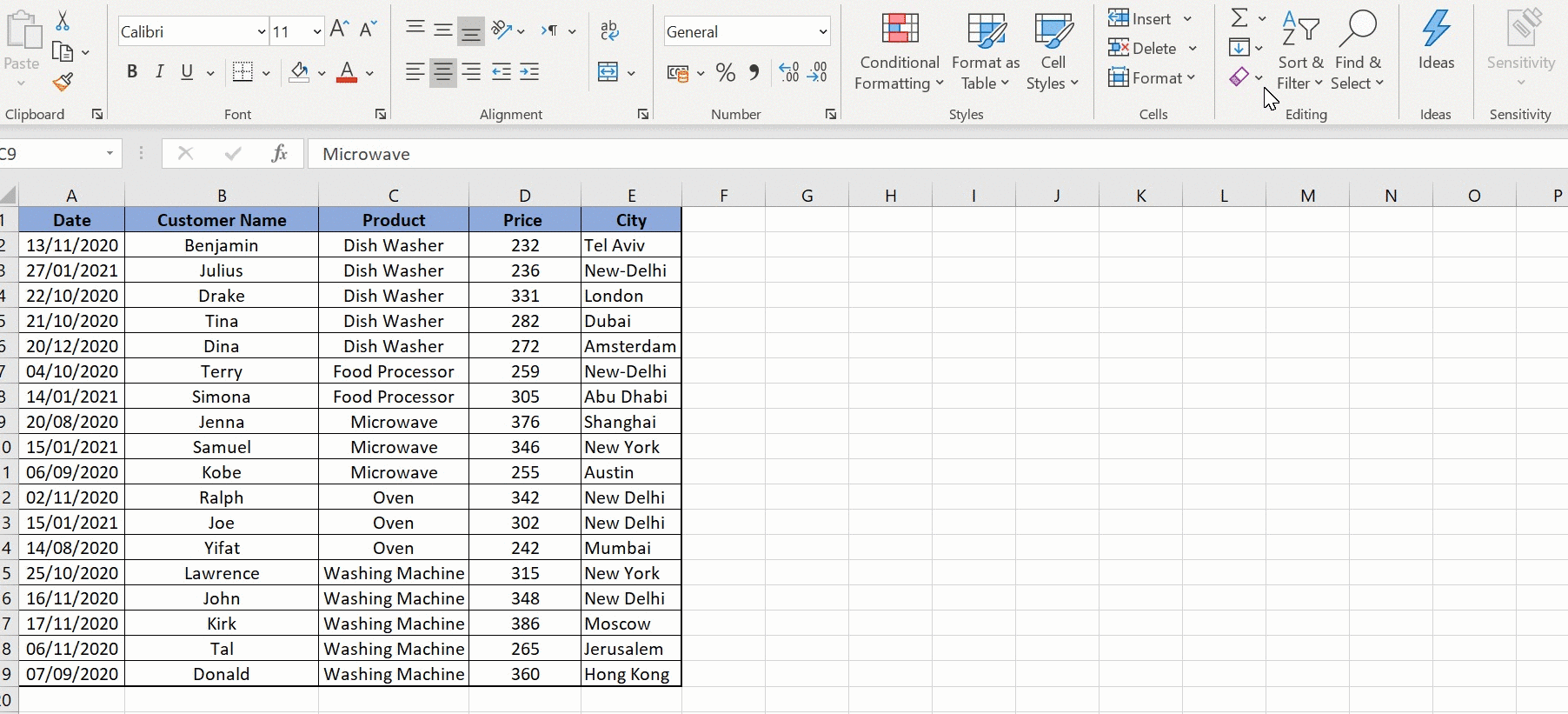Alphabetically Sorting Excel Sheets: Easy Step-by-Step Guide

In today's fast-paced business environment, managing large datasets efficiently can make all the difference in productivity and decision-making. One common task that often needs to be done is sorting data in Excel. Sorting can help in organizing information, making data analysis easier, and ensuring reports are presented in a more structured manner. This guide will walk you through how to alphabetically sort Excel sheets, both with and without headers, along with some key considerations to keep in mind.
Understanding the Excel Environment

Before diving into the sorting process, it’s helpful to understand some basic elements of Excel:
- Headers: These are the first row of labels that define what each column contains.
- Cells: Individual squares within the grid that hold data.
- Rows: Horizontal lines of cells.
- Columns: Vertical lines of cells, identified by letters.
Sorting Sheets with Headers

To sort Excel sheets alphabetically when headers are present:
- Select the Range: Click and drag to select the data range you want to sort. Make sure to include the header row in your selection.
- Sort Dialog: Go to the
Datatab on the Ribbon, and click onSort. - Header Row: Ensure the My data has headers checkbox is selected in the Sort dialog box.
- Sort By: Choose the column you want to sort by from the
Columndropdown. - Sort Order: Select
A to Zto sort in ascending alphabetical order. - Apply: Click
OKto sort the sheet.
🔍 Note: Excel will remember your last sort settings, so always check the sorting parameters before applying.
Sorting Sheets without Headers

Here’s how to sort your data alphabetically if there are no headers:
- Select the Range: Highlight the entire range of data or rows you wish to sort.
- Sort Dialog: Navigate to the
Datatab, then click onSort. - Skip Header Row: Make sure the My data has headers option is not checked.
- Sort By: Select the column by which you want to sort.
- Sort Order: Choose
A to Zfor alphabetical order. - Apply: Press
OK.
📝 Note: Sorting without headers can affect the integrity of your data if not done carefully.
Advanced Sorting Options

Excel provides additional sorting capabilities:
- Sort by Multiple Columns: Add levels in the Sort dialog to prioritize sorting criteria.
- Custom Sort: Use the
Optionsbutton to define a custom list for sorting by specific order. - Subsorting: Sort within already sorted data for a more detailed organization.
Potential Issues and Solutions

| Problem | Solution |
|---|---|
| Losing Data Integrity | Ensure to include headers or not, depending on the dataset. Always back up before sorting large datasets. |
| Mixed Data Types | Sort by one column at a time to prevent unexpected sorting behavior. Convert all data to one type if possible. |
| Blank Rows or Spaces | Remove or manage blank rows and spaces beforehand to avoid gaps in sorting. |

⚠️ Note: Always review your data after sorting to confirm everything is as intended.
The process of sorting in Excel doesn’t just organize your data; it can reveal trends, patterns, and anomalies that might otherwise go unnoticed. Whether you’re sorting a list of clients by name, organizing product SKUs, or managing inventory, mastering this basic but powerful Excel function can significantly enhance your data management capabilities.
It’s worth remembering that while sorting can help with organization, it should be done with care to maintain data integrity. Back up your data before large sort operations, check your sort settings, and review your data post-sort. With these practices in place, you can confidently leverage Excel to bring order to your datasets, making your work not only more efficient but also more insightful.
Can I sort Excel sheets by rows instead of columns?

+
Yes, you can sort by rows in Excel. Select the rows you wish to sort, then in the Sort dialog, choose to sort left to right. However, this is less common and often used for unique scenarios like organizing comments or side headers.
How do I prevent blank rows from disrupting my sort order?

+
Before sorting, either remove blank rows, or use the Filter feature to show only non-blank rows. After sorting, reinsert any blank rows if necessary.
Is there a way to sort data by color or conditional formatting in Excel?

+
Yes, Excel allows sorting by cell color, font color, or by the presence of icons (conditional formatting). In the Sort dialog, you can add levels to sort by color or icons for visual organization.
What should I do if my sort seems to not work correctly?

+
Check for hidden characters, spaces, or leading/trailing zeros which might be influencing the sort. Also, ensure that the data type is consistent across cells you are sorting.



